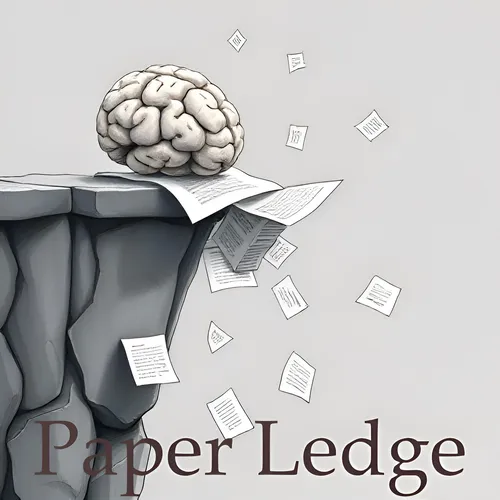Computation and Language - How Do LLMs Persuade? Linear Probes Can Uncover Persuasion Dynamics in Multi-Turn Conversations
- Author
- ernestasposkus
- Published
- Fri 08 Aug 2025
- Episode Link
- https://www.paperledge.com/e/computation-and-language-how-do-llms-persuade-linear-probes-can-uncover-persuasion-dynamics-in-multi-turn-conversations/
Hey PaperLedge crew, Ernis here, ready to dive into some fascinating research! Today, we're tackling a paper that asks: Can AI, specifically those brainy Large Language Models (LLMs), actually persuade us? And if so, how does that even work?
Now, we've all seen those slightly unnerving articles about AI writing convincing emails or crafting compelling arguments. But this paper goes deeper. The researchers wanted to peek inside the "mind" of these LLMs to understand the mechanics of persuasion.
Think of it like this: imagine you're trying to convince a friend to see a movie. You might try different strategies depending on your friend's personality. Maybe you appeal to their love of action or their soft spot for romantic comedies. The researchers are doing something similar, but with AI.
They used something called "linear probes" – think of them as tiny, super-sensitive detectors – to analyze what's going on inside the LLM as it's trying to persuade someone in a conversation. These probes are trained to recognize things like:
- Whether the AI is actually succeeding in persuading the human.
- What the human's personality is like (are they agreeable, stubborn, etc.).
- What persuasive strategy the AI is using (appealing to logic, emotions, etc.).
It's like having a little spy inside the AI, reporting back on its inner workings!
The cool thing is, these simple probes turned out to be surprisingly effective. The researchers found that they could pinpoint the exact moment in a conversation where the human started to be swayed. They could also identify which persuasion strategies were most successful overall.
“Probes can identify the point in a conversation where the persuadee was persuaded.”
And here's the kicker: these probes were often faster and just as accurate – sometimes even more accurate – than simply asking the LLM directly about its strategy using complex prompts! That's a big deal because it means we have a relatively cheap and efficient way to study these complex behaviors.
So, why does this matter? Well, for starters, it gives us a better understanding of how AI influences us. This is crucial for anyone interested in:
- AI Ethics: Understanding how AI persuades us can help us develop safeguards against manipulation.
- Marketing & Communication: Businesses could learn from AI's persuasive techniques.
- Education: We can use this knowledge to teach critical thinking skills and help people become more resistant to undue influence.
Plus, the researchers suggest that these probes could be used to study other tricky AI behaviors, like deception and manipulation. Imagine using these tools to detect when an AI is trying to mislead us!
This research opens up some fascinating questions for discussion. For instance:
- If we can identify the “tipping point” in a persuasive conversation, can we proactively intervene to prevent unwanted influence?
- Could these probes be used to train AI to be more ethical persuaders, focusing on win-win outcomes rather than manipulation?
- What are the long-term societal implications of AI becoming increasingly sophisticated at persuasion?
Lots to think about, crew! Let me know what you think. Are you feeling persuaded to learn more about AI persuasion? Until next time, keep those neurons firing!
Credit to Paper authors: Brandon Jaipersaud, David Krueger, Ekdeep Singh Lubana
